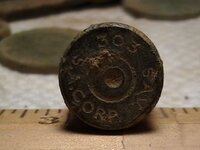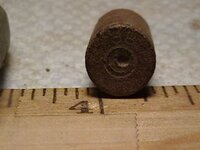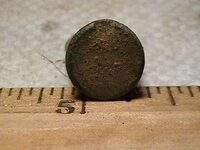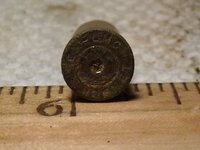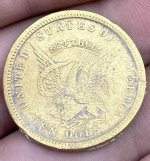WHADIFIND
Gold Member
Thought I'd post a few odds and ends.
I've made guesses indicated in the filenames.
The Brass "T" is something I've found a few of before. They seem old but can't figure what they were.
The front of the buckle shows in the bottom left of the group pic.
I'm not as interested in finding out exactly what these are, but rather an approximate age period. I'm trying to date a section of ground.
If any can help good, if not, enjoy the peek anyway.
Thanks!
HH!
I've made guesses indicated in the filenames.
The Brass "T" is something I've found a few of before. They seem old but can't figure what they were.
The front of the buckle shows in the bottom left of the group pic.
I'm not as interested in finding out exactly what these are, but rather an approximate age period. I'm trying to date a section of ground.
If any can help good, if not, enjoy the peek anyway.

Thanks!
HH!


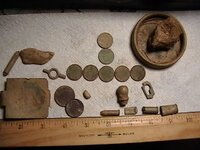
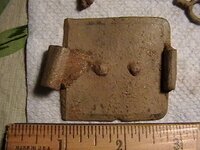
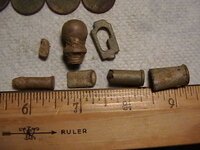
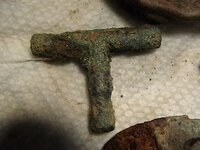
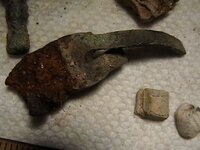
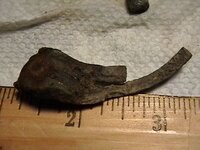

 LOL
LOL